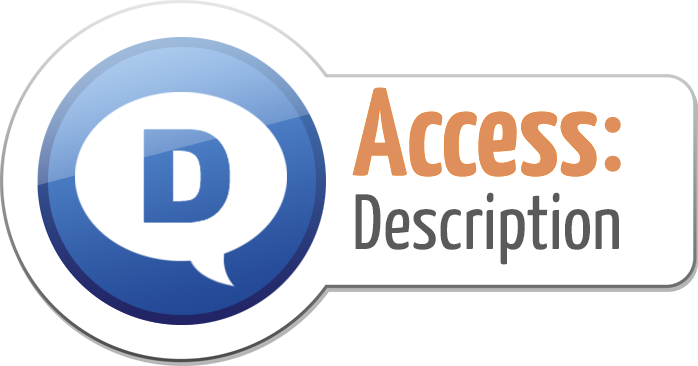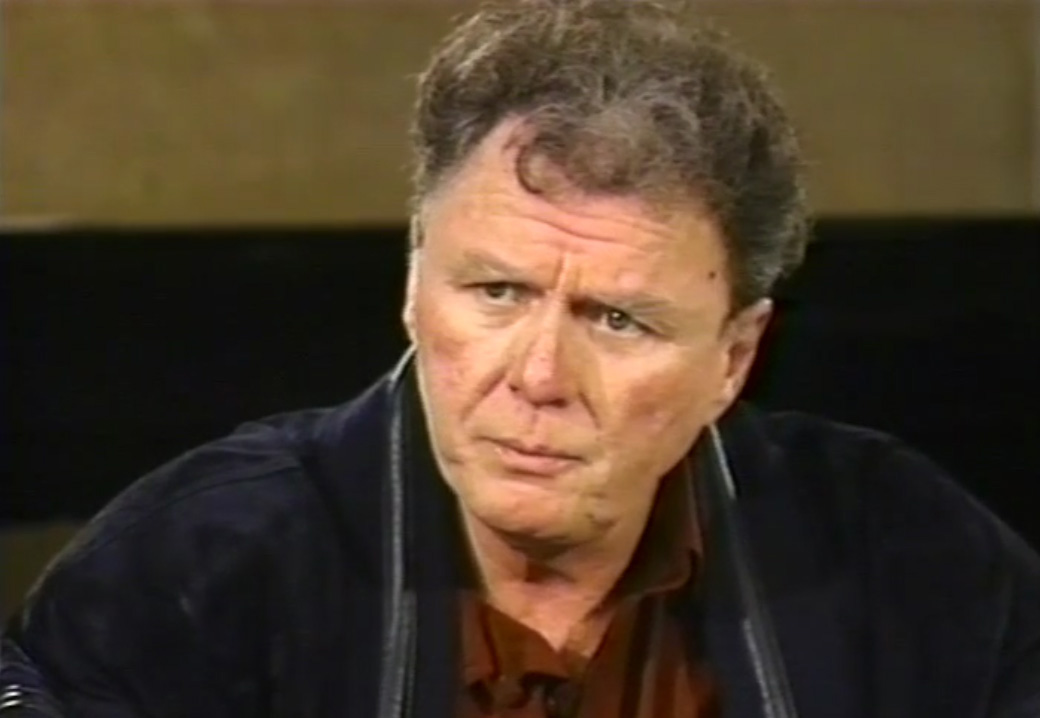99 Learning Center results found.

Description Key - Quality Description
Today's students are expected to learn from increasingly visual curricula. Using narration to describe visual information enhances comprehension and retention. Description not only benefits students who are blind or visually impaired, it benefits children on the autism spectrum, English language learners, and children with learning differences.
From about description-key

Video Description
Information from the FCC regarding video description which is “audio-narrated descriptions of a television program’s key visual elements. These descriptions are inserted into natural pauses in the program’s dialogue. Video description makes TV programming more accessible to individuals who are blind or visually impaired.” On August 25, 2011, the FCC adopted rules to implement the video description provisions of the Twenty-First Century Communications and Video Accessibility Act of 2010 (CVAA). These rules are effective as of July 1, 2012.
about legal, description

Access: Description Module
Access: Description Module is an overview of audio description and why it is essential to providing access for individuals who are blind or have low vision. The module reviews guidelines for description, discusses laws pertaining to description, and explains the unique requirements for educational description. Many examples of description are included.
about description, module, blindness

Description Service Vendors
This listing was prepared from information provided by various description-related sources and from surveys conducted by the DCMP. While the DCMP has attempted to identify all service vendors, it apologizes for any omissions. As additional service vendors are identified, they will be included in this list. Listing of a service vendor does not constitute an endorsement by the U.S. Department of Education or the DCMP.
about accessibility-vendors, description

Description Key - Resources
Offers an overview of description, how description can be used in the classroom, the progress of the Video Description Research and Development Center in the design of new description technologies, and special webinar resources.
From about description-key

The Rewards of Description
Margaret Hardy, a pioneer in the field of audio description, discusses Gregory Frazier's descriptive services work in San Francisco with AudioVision.
From Margaret Hardy about history, description

Description Timeline Highlights
With the advent of description, people who are blind or visually impaired gained an important tool with which to broaden their understanding and enjoyment of the unique visual nature of films and other visual media. Though a relatively new phenomenon compared to captioning, which established its roots more than 60 years ago, there have been many notable developments in the history of description.
about history, description

Description + Captioning = Access
In an address on March 15, 2011, the U.S. Department of Education (ED) Secretary Duncan stated: "In order to win the future, as President Obama has challenged us, we must enable every single American to reach their potential, and in my book, all means all. Every child, regardless of income, race, background, or disability can learn and must learn."
From Bill Stark about dcmp, captioning, educators, description

Description Key - About the Key
Originally developed through a partnership between the Described and Captioned Media Program (DCMP) and the American Foundation for the Blind (AFB), the Description Key began as recommendations, suggestions, and best practices culled from an extensive literature search and meta-analysis [PDF] in 2006.
From about description-key

Audio Description -- The Early Development
How can a blind or visually impaired person enjoy the theatre? Or movies, television, and other audiovisual productions? How can visual experiences effectively be made verbal? Gregory Frazier, founder of AudioVision, was a key figure in the early development of audio description for persons with a visual impairment. Watch this historical treasure, introduced by Margaret Hardy, and learn from Emmy Award winner Frazier, a pioneer in the field.
about history, description